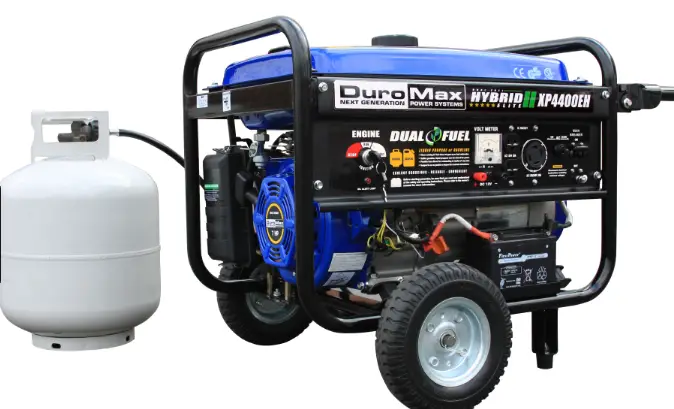Nigeria News
How to convert your generator from petrol to gas [Step-by-step]

Converting a power generator from petrol (gasoline) to gas (natural gas or propane) is a complex process that should only be attempted by experienced professionals or certified technicians. If you are not familiar with generator mechanics and gas systems, it is highly recommended to seek assistance from a qualified expert. However, here is a general step-by-step outline of the conversion process:
-
Determine Generator Compatibility: Not all generators are suitable for conversion to gas. Check the generator’s specifications and consult the manufacturer or a professional to ensure it is compatible with the chosen gas type.
-
Obtain a Conversion Kit: Purchase a high-quality and approved gas conversion kit designed specifically for your generator model. These kits typically include the necessary components to modify the fuel system, such as gas regulators, carburetor modification, and gas lines.
-
Safety Precautions: Before beginning any work, ensure that the generator is turned off, disconnected from the power source, and allowed to cool down. Safety goggles and gloves should be worn throughout the process.
-
Remove Petrol Components: Disassemble and remove the petrol-related components from the generator, such as the fuel tank, carburetor, and fuel lines.
-
Install Gas Components: Install the gas conversion kit components according to the manufacturer’s instructions. This may involve adjusting the carburetor, mounting the gas regulator, and connecting the gas lines.
-
Gas Supply Connection: Connect the gas supply line to the generator. For natural gas, this typically involves tapping into the existing gas line. For propane, an external propane tank may be required, and a pressure regulator should be installed.
-
Test for Leaks: After all gas components are installed, carefully check for gas leaks using a soapy water solution. Bubbles will form at the site of a leak. If any leaks are detected, rectify the issue before proceeding.
-
Adjust Engine Parameters: Adjust the generator’s engine parameters, such as air-to-fuel ratio, timing, and idle speed, to ensure optimal performance with the new gas fuel.
-
Start and Test: Start the generator and let it run to ensure that it operates smoothly and efficiently on gas. Monitor the performance, emissions, and any potential issues.
-
Fine-Tuning: Fine-tune the engine as needed to achieve the desired performance and fuel efficiency.
-
Safety Checks and Compliance: Perform safety checks to ensure that all components are secure, and there are no gas leaks. Ensure that the conversion complies with local safety regulations and codes.
-
Regular Maintenance: Keep up with regular maintenance and servicing of the generator, especially after the conversion to gas.
Please remember that these steps are a general guide and may not cover all specifics related to your particular generator model or gas type. It is essential to follow the manufacturer’s guidelines and consult with a professional to ensure a safe and successful conversion.












